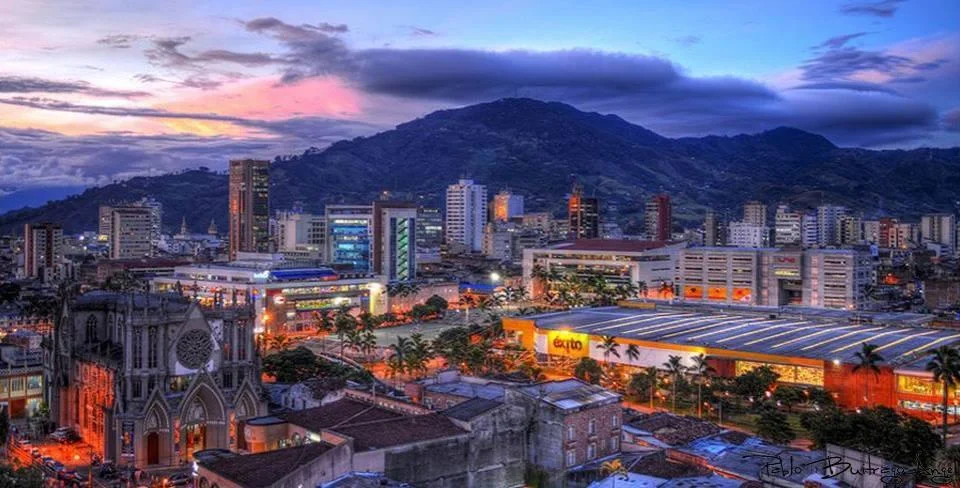In a reversal from nearly two years of steadily climbing annual inflation, April saw the indicator begin to slow down to 12.82% after peaking at a historic high of 13.34% in March.
While still high, May marks the second month in a row where Colombia’s annual inflation has declined.
For May, financial market experts anticipate that Colombia’s annual inflation will stand at 12.58%, with monthly inflation at 0.63%.
By the end of 2023, a single-digit figure of 9.08% is projected, according to a Citi survey of 25 financial analysts.

The official inflation data for May is set to be released by the DANE at 6 pm this Wednesday.
So, why is the inflation rate decreasing in Colombia?
A significant factor in the easing of Colombia’s prices can be attributed to food. As a result of a statistical base effect, annual food inflation has begun to slow down.
The prices of food were high a year ago; thus, even a small adjustment now makes the figure appear better comparatively.
The intense rainy season and the Ukraine-Russia conflict significantly impacted food prices last year, but these factors carry less weight currently.
“The inflation figures are primarily influenced by a drop in food inflation, particularly within the perishables category.
This decrease in food prices has balanced out the rise in core inflation, which has not yet peaked and continues to exert upward pressure on overall inflation,” explains Laura Peña, an economist at BBVA Research.
Sergio Olarte, chief economist at Scotiabank Colpatria, adds that along with lower food pressures, “we see that the producer price index is already showing negative annual variations.”
‘Also, the significant appreciation of the exchange rate (Colombian peso vs. dollar) might positively impact some input prices”.
Andrés Langebaek, director of economic studies at Grupo Bolívar, and Juan David Ballén, director of analysis and strategy at Casa de Bolsa, suggest that the decline in Colombia’s annual inflation will persist due to decreasing freight and raw material prices and factors such as a weaker dollar, slower economic growth, and lower food price increases.
However, potential risks could drive inflation back up.
According to Langebaek, these include a surge in fuel prices and rents, along with potential droughts due to the El Niño phenomenon.
The El Niño phenomenon, predicted to begin after June with an 80% probability, could increase global temperatures and cause droughts, affecting crops and the food production chain in Colombia.
Sergio Olarte warns that a significant rise in the dollar in Colombia could prevent the prices of imported goods from dropping, thereby impacting inflation.
Germán Machado, a professor of economics at the Universidad de los Andes, adds that, despite the high probability of droughts, the behavior of the dollar is a more critical factor in explaining food price trends, given that a significant portion of food inputs and about 30% of total food are imported.
Therefore, it will be crucial to monitor the development of the El Niño phenomenon and whether the dollar maintains its downward trajectory or changes course.
With information from Bloomberg
Colombia news, English news Colombia, economic news Colombia, inflation Colombia,

